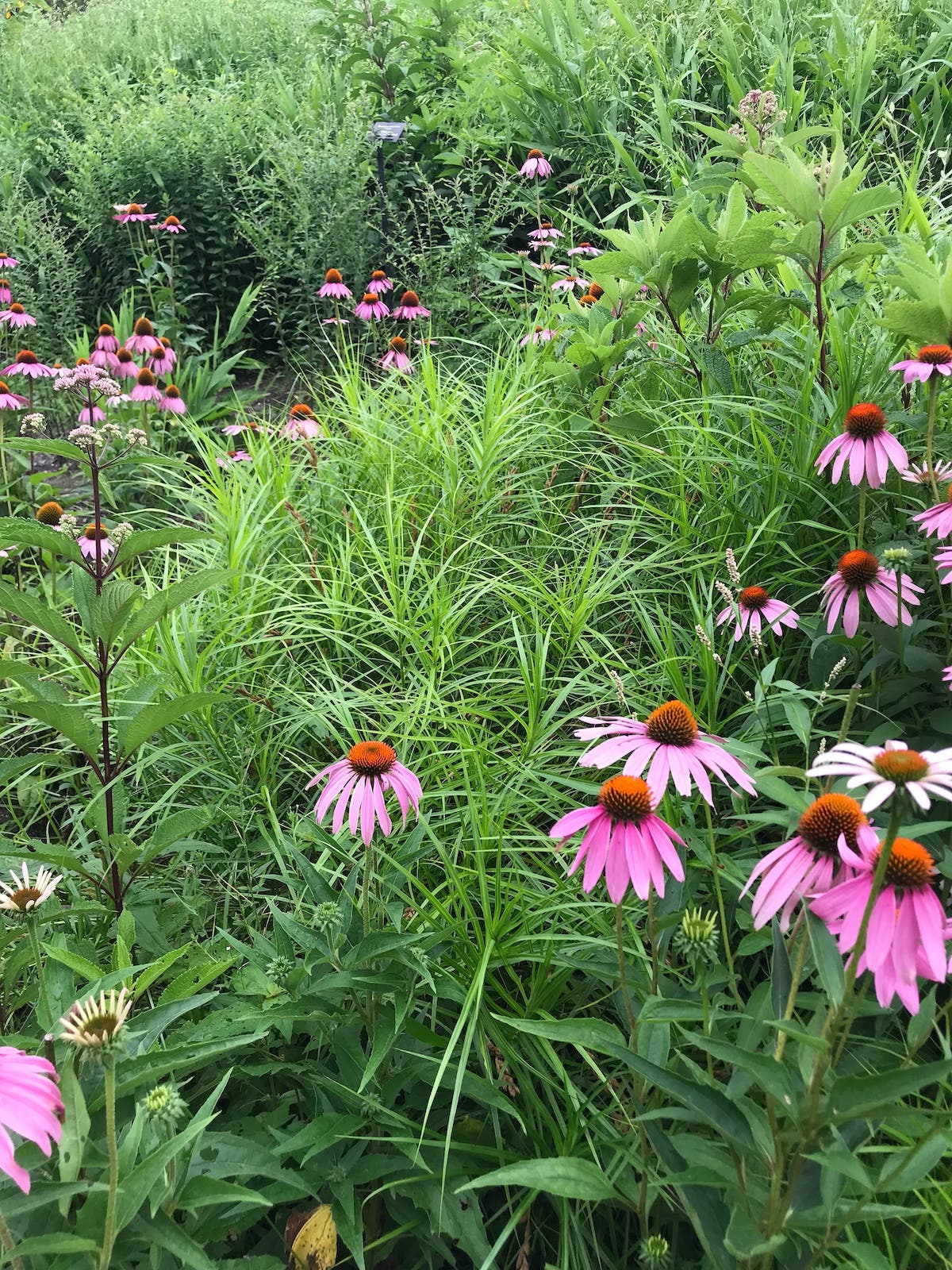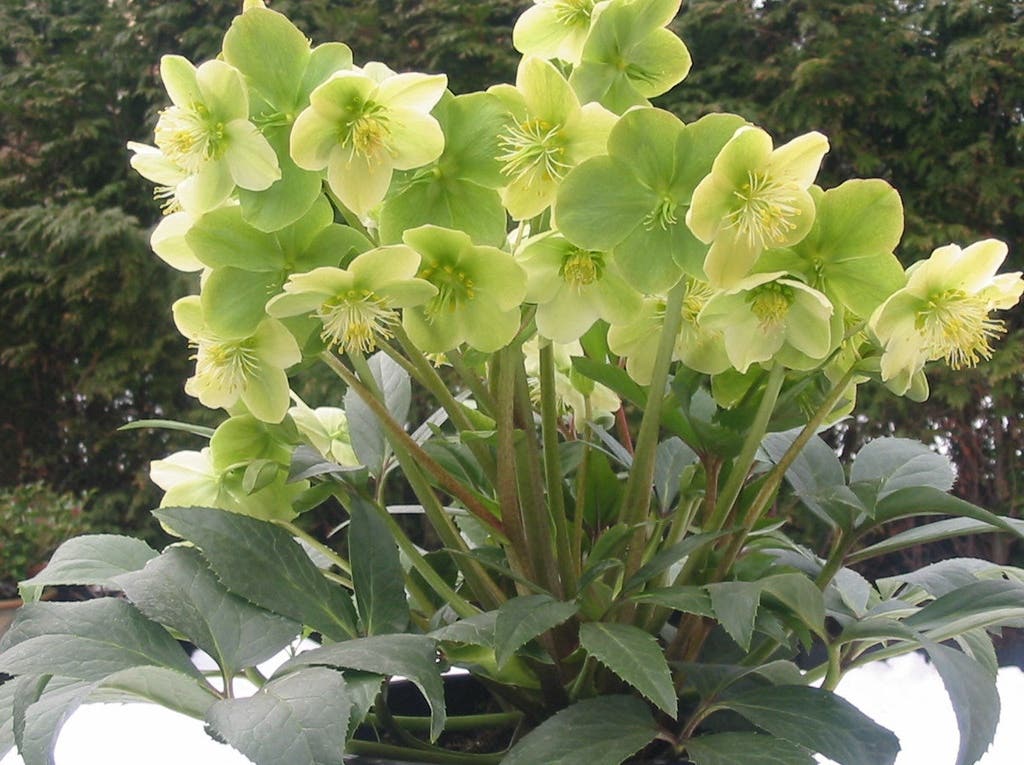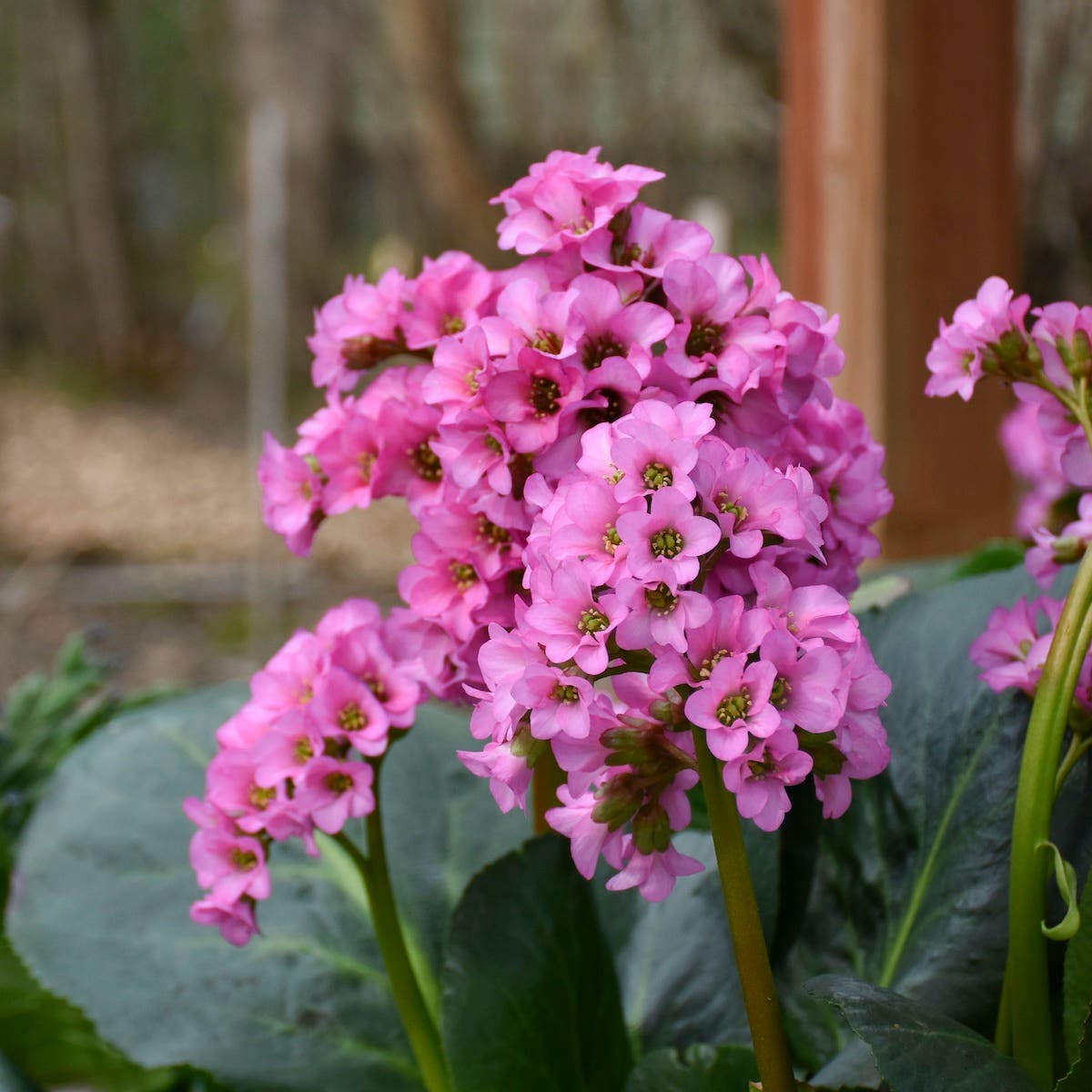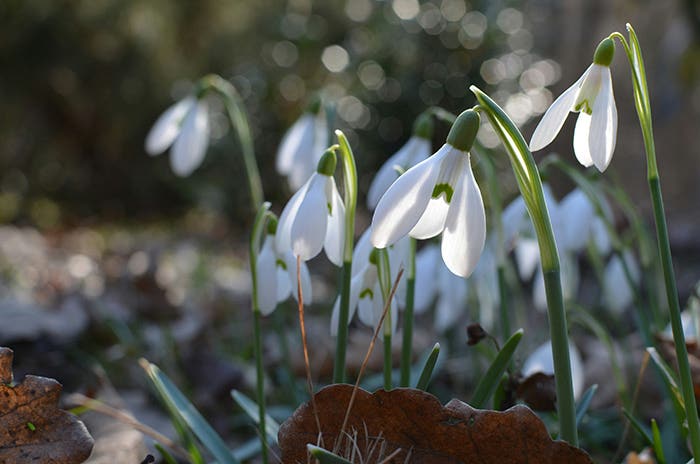Ways to Stop Squirrels from Digging Flower Bulbs
Four methods outlined here.
It's so frustrating to spend a fall Saturday planting bulbs only to have squirrels or other rodents dig and devour them. Here are some ways to avoid this heartache.
Squirrels and chipmunks avoid daffodils, which are poisonous in all parts. You can try sticking to just daffs or planting them among more tasty bulbs, like tulips and crocus, in hopes the rodents will avoid the planting entirely.
But there are other ways to protect bulbs. When you plant them, enclose them in a bulb cage before planting them. These are available from bulb retailers, gardening-supply companies and some garden centers. Or you can make your own cages by folding pieces of wire mesh into a sort of basket, placing this in the planting hole and then placing the bulbs into it. Put another piece of mesh over the top, then backfill with soil. Choose mesh in a gauge large enough for the bulb’s stem and foliage to pass through. (Tulips and hyacinth require a larger gauge than crocus or scilla.)
If using or making bulb cages seems too fussy, consider repurposing window screens to protect bulbs, as outlined in "Protect Bulbs from Squirrels the Easy Way."
Another prevention method is to line the entire planting hole (including the top) with crushed gravel or chicken grit. Squirrels, chipmunks and voles will typically not burrow through this layer; the sharp edges sting their paws.
Repellents containing capsaicin work well against squirrels and chipmunks. Storebought products abound, or make a homemade version using a few teaspoons of hot-pepper sauce and a few drops of dish detergent (for stickiness) in a spray bottle of water. Rain will wash the spray away, so you will need to reapply it. Some gardeners just shake cayenne pepper directly into the hole and on the ground around it. This too will eventually wash away.






